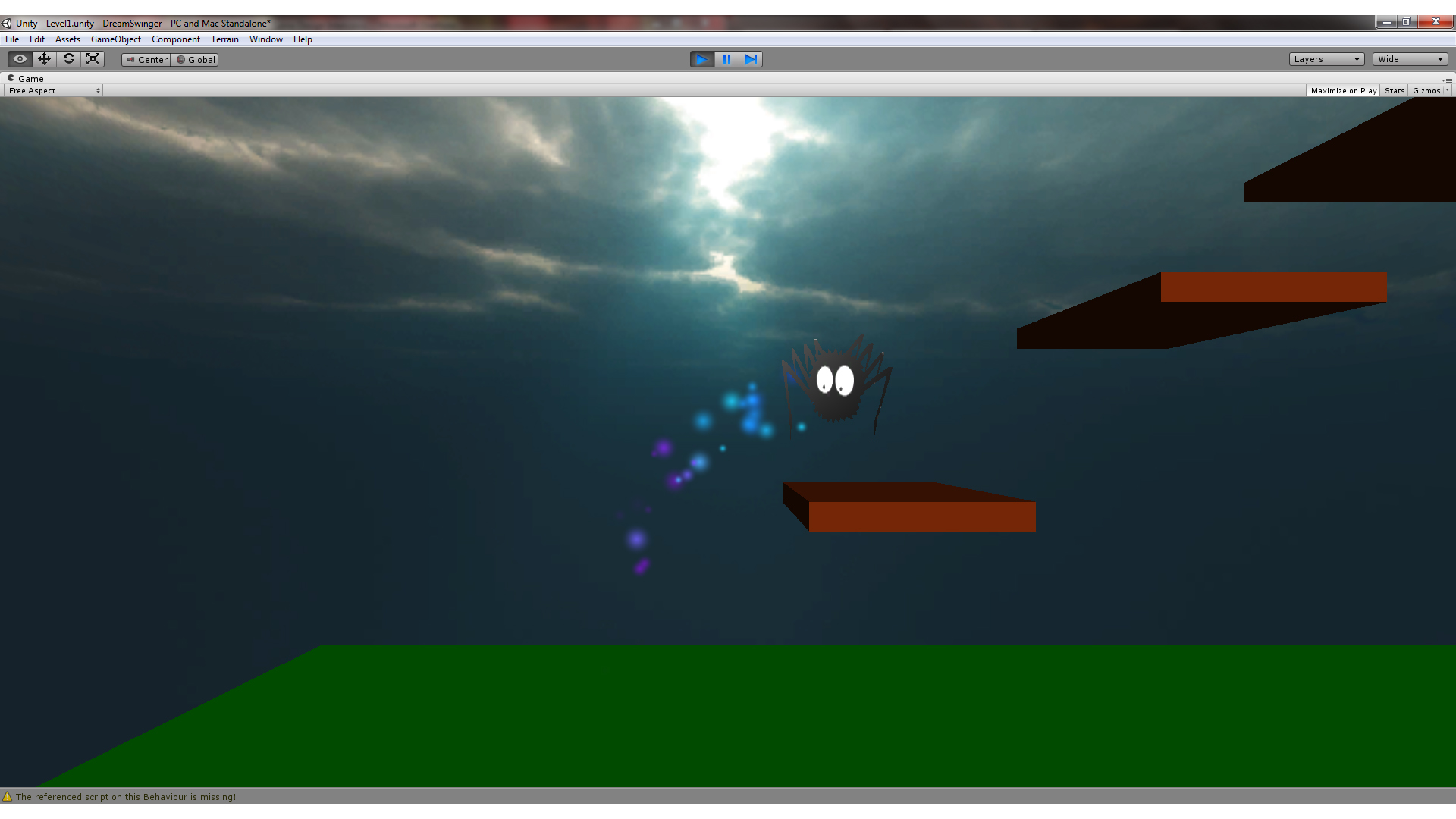What I learnt from taking part in Ukie’s JournoDevSwap game jam
[The event saw four journalists and game developers swapping roles for 48 hours, with University of Derby students helping the journalists to create their games. See Keith Stuart’s liveblog for more details].
I entered into last week’s event equal parts excited and terrified. It would definitely be a unique and interesting experience and I’d no doubt get to meet some great people, but what if despite the spirit of the event sounding light-hearted, a core journalistic competency was actually expected. A core journalistic competency that I probably didn’t possess.
As is often the case in life, my fears turned out to be just that, and I felt very fortunate that I hadn’t let them stop me from embarking on such an excellent experience. As well as meeting plenty of wonderful people, I also ended up learning a lot from the very fatiguing event, about journalism, game development, and life. Some of the things I learnt are that:

Luc Shelton hard at work
Deadlines are your friend. You need deadlines – and not just for articles. For your own creative projects, for your work and for all the things that you put off even though you shouldn’t I have self-imposed a 12:30pm deadline for posting this to my blog because if I don’t then I will most likely never get it done. I’m not sure how effective self-imposed deadlines are but I guess I’ll find out the answer to that one at 12:30. The short deadlines at the game jam meant that I had to get all my articles done in a few hours even though given the choice, I would have spent much longer working on something that was going to be published on a website with as big a readership as Develop. It made me realise what I can actually get done in such a short space of time when I have to.
Sometimes deadlines are ridiculously tight. Live blogging big events must be incredibly tough for journalists as there’s so little time to worry about errors or how everything sounds and you just have to get it posted as soon as possible. We had a few hours for each article but this was still extremely difficult. To write a decent article you’ll want to iterate a hell of a lot, which combined with a tight deadline makes things even harder.

The tight schedule for the weekend
You need to have an angle for your piece – the thing that makes it interesting. The human angle is great because everyone cares about people and almost every story has a human interest angle in it somewhere, you just need to find it.
A good title grabs people. My working title, A Look at Game Jams, didn’t really grab your attention but after canvassing fellow participant and journalist, Rob Crossley, for tips on good titles, I came up with The Magic and Misery of Game Jams, which is much more interesting.
Part way through the event I started reflecting on the amount that I’d already learnt from it and that it would be a shame if it wasn’t held again next year with a fresh batch of people. I assumed it probably would be but I made a mental note to chat to the organisers about it later. Turns out my fellow dev-turned-journo, Mediatonic’s Jim Griffiths, had thought exactly the same thing but had had the journalistic instinct to pursue it as a scoop. I’m not sure what the learning is here. Probably to always keep a watchful eye on Jim Griffiths.
The students were all really talented and they also realise that these days getting jobs at big games companies isn’t the only way to get into the games industry. There are opportunities now for people to find success forming their own start-ups, such as Indie Skies that quite a few of the game jam students have already been a part of. One of the floating artists, Dave Jones, in a few moments of down time over the weekend, whipped up a game in Game Maker. He then stuck it on his phone and one of the other students’ and they started having raucous fun racing around the office playing his game. It looked so much fun that everyone else wanted to have a go too. This also shows that you don’t need to be able to code to make a game or to take part in game jams, as there are engines like Game Maker available that let you get started with just a drag-and-drop interface and basic scripting.

Another really valuable insight I took from the weekend was that you get better at something by doing it quickly but repeatedly. Whether that’s writing articles, making games or probably most things in life – you will learn more in the same space of time by finishing lots of small things than you will from finishing one big thing.
For me, the biggest take away from the experience is that every now and then, I want to write things. I already have a bunch of half written articles and short stories that have never been finished and perhaps never will but having realised that we’re all capable of more than we give ourselves credit for, I’m going to make a commitment to myself to write more, finish what I start and to post more often to my blog. I hope all the press surrounding the event will inspire other people to have faith in themselves and to create something too.
[Note: This article was submitted at 12:21pm]








